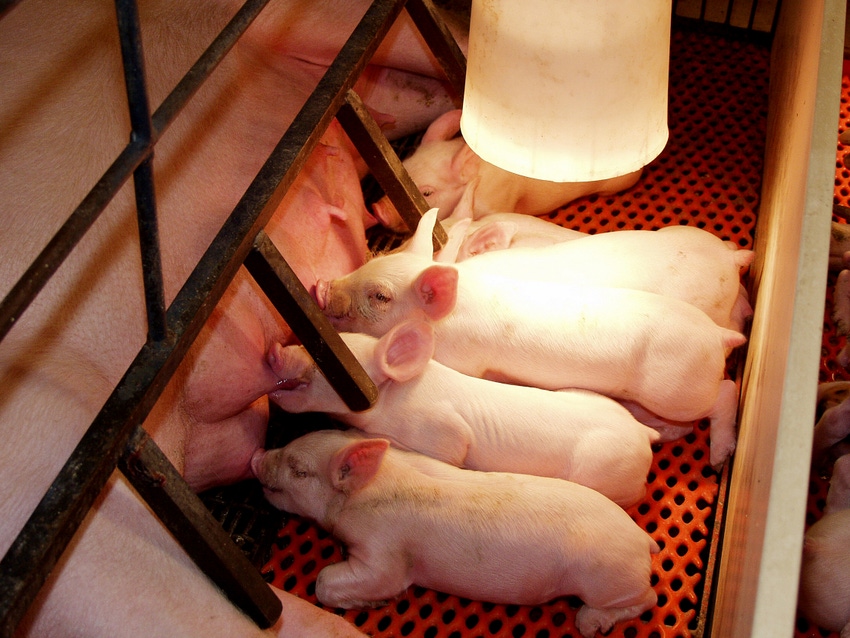Nursing piglet commingling
An initial look at field applications and effect on pathogen colonization.
September 19, 2023

By Mark Schwartz and Maria Pieters, Department of Veterinary Population Medicine, College of Veterinary Medicine, University of Minnesota
Modern commercial swine production has evolved by consistent and efficient throughput, and disease control. For instance, the transition to multi-site production and segregated early weaning has provided the means for effective elimination of several pathogens of economic importance in growing pig populations.
While segregated early weaning has been invaluable in the elimination of costly diseases like swine dysentery from herds, application of this methodology for the elimination of other pathogens, such as porcine reproductive and respiratory syndrome virus, has not been successful. On the other hand, as litter size has increased, the need to transfer pigs from the birth sow to foster sows, has grown dramatically. Thus, balancing health and high productivity involves a well orchestrated combination of basic scientific knowledge and experience from practical application.
The transmission of pathogens from sow to piglet and among piglets within and among litters is a key topic in swine medicine, as the control of bacterial and viral infections and associated diseases in lactation and nursery phase pigs remains a challenge to efficient and sustainable pig production. It is hypothesized that piglet and sow movement during the lactation phase may alter the normal flora colonization pattern in the piglet population.
Cross-fostering and the use of nurse sows as management strategies have been utilized in response to the increase in litter size, and the movement of piglet among litters is fundamental to these methods. An understanding of the implications of piglet movement among litters and the effect of commingling piglets prior to weaning on changes in viral and bacterial colonization patterns is crucial for the design and development of piglet management practices that lead to increased health and production.
Bacterial malaises such as Streptococcus suis-related diseases are of particular importance and consequence, with prophylactic and therapeutic treatment regimens required to reduce piglet mortality and morbidity during the nursery phase.
Information on the transmission and colonization pattern of certain viruses and bacteria in nursing and post-weaning pigs is somewhat limited. Therefore, our research group has investigated the transmission of various commensal microorganisms and pathogens, including Streptococcus suis (S.suis), Mycoplasma hyorhinis (M. hyorhinis) and influenza A virus, from sow to piglet and among piglets within and among litters. Specifically, our studies have been directed at evaluating the colonization patterns in piglets that have been cross-fostered at birth to minimize variation in the number of piglets nursing from any sow, and compared to that of piglets that have been allowed to nest and nurse from a group of sows since the first day of life.
Preliminary results from our studies have suggested that piglets raised commingled in large groups do not differ in pathogen colonization, compared to pigs raised by a single sow, in individual litters. While our studies have focused on the evaluation of colonization during the lactation period in pig populations with relative low disease challenges, it is important to point out that differences in subsequent production phases, namely nursery and finishing, could be impacted by the early life rearing method. The healthy status of the herd evaluated in our study prevented the assessment of the piglet commingling effect when disease is present.
In summary, although the movement of piglets among sows and litters has been implicated with increased transmission of pathogens in nursing piglets, the results of this pilot study indicated no association between piglet movement and prevalence of S. suis, M. hyorhinis and IAV as detected by PCR at weaning. Evaluating the implications of commingling during lactation in the face of health challenges and in later swine production stages would be the logical next step in order to fully comprehend the life-long effect of early-life piglet commingling.
You May Also Like



